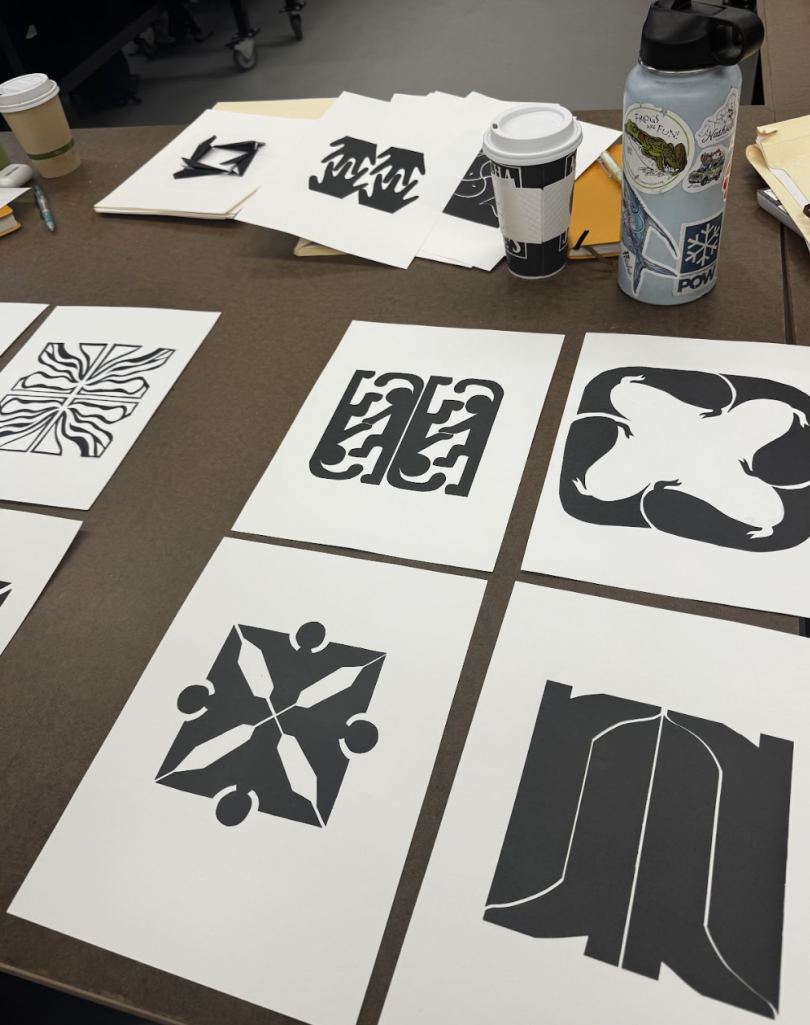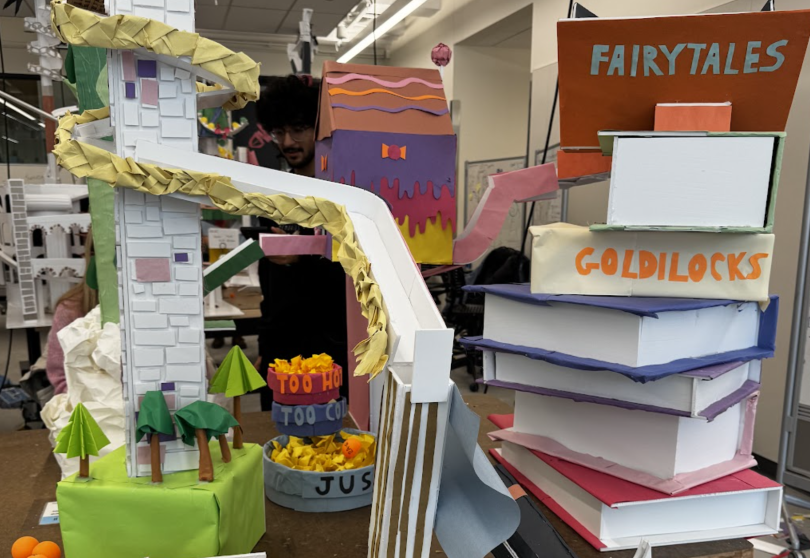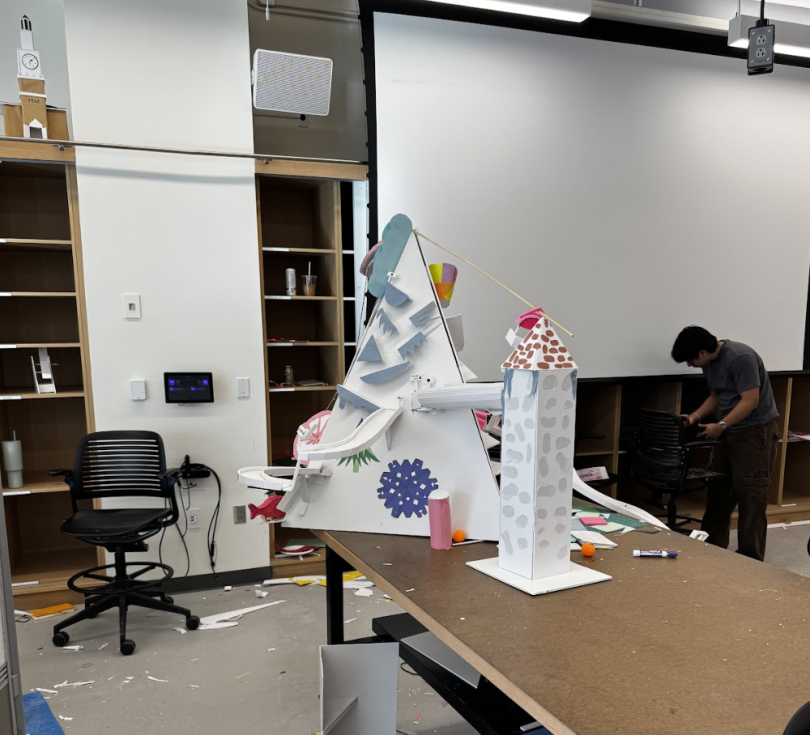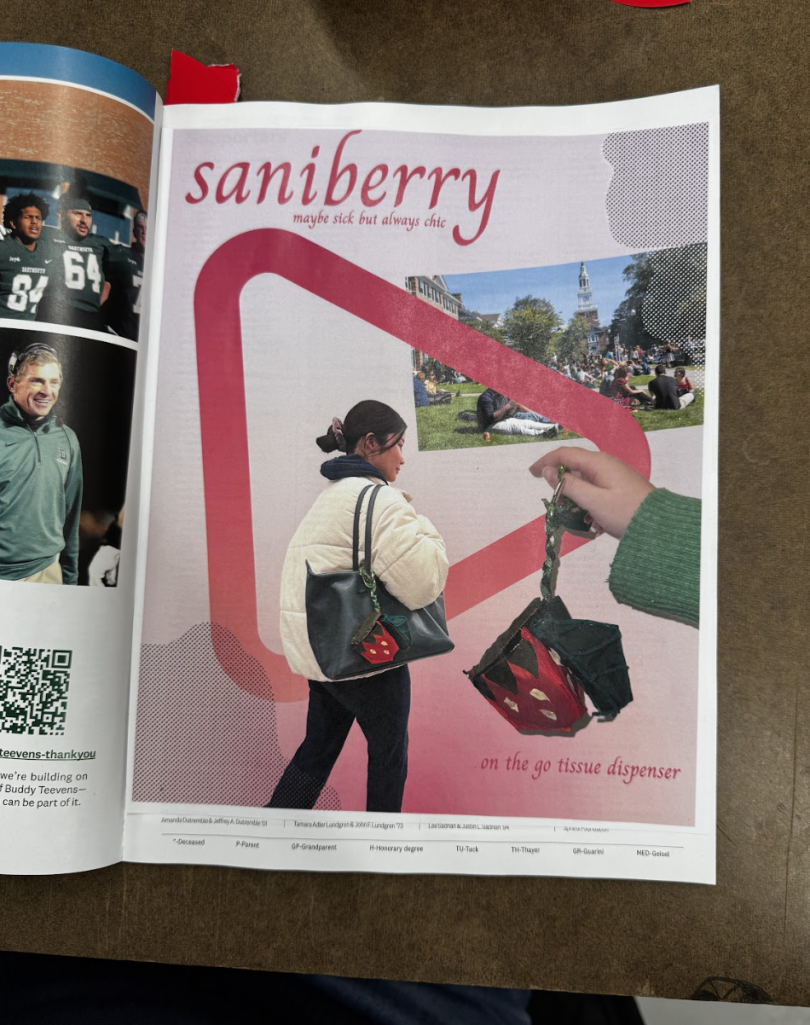

Mario Lopez


My experience in ENGS 12: Design Thinking
Hello!
In today's blog, I want to briefly summarize the five projects I worked on during this winter in my course ENGS 12: Design Thinking.
ENGS 12 is a collaborative, hands-on design class that aims to help students gain the tools necessary to ideate and develop their ideas. Throughout the term, five different projects help students understand the design process. These projects also help students learn to work in teams by creating a safe, fun, and collaborative environment while working through issues and ideas.
Project 1 - Variation of Squares
The first project is based on being able to ideate twelve different manners to cut and paste a piece of paper while maintaining the shape of a square. It's also the only individual project of the course!

The project is intended to help students learn a skill called lateral thinking, which is a problem-solving approach to solving a problem through creative solutions. It's focused on coming up with as many possible creative solutions as possible to the problem.

Project 2 - Wild Ride
The second project in ENGS 12 transitions into a team project. The main task is to create and design a foam-core roller coaster.
However, the creative aspect of the project is coming up with an idea that has a consistent theme while incorporating risky—non-conventional—elements in the roller coaster. The instructions also required each ride—by a ping pong ball— to be at least thirty seconds long. The groups could use vertical or horizontal space to fulfill this time frame.
My group and I decided to design a roller coaster with the theme of fairy tales, incorporating several elements from different fairy tales such as Hansel and Gretel's Candy Cane House, Rapunzel's Tower, Jack and the Beanstalk's Beanstalk, Captain Hook's ship, and Goldilocks' three bowls.


Project 3 - Carrying Devices
Carrying Devices is the third assignment of the course. The main task in this project is identifying weaknesses or issues in student's backpacks and addressing specific problems. The project consists on interviewing several students across campus to identify a consistent weakness or failing on students' backpacks and building a new carrying device to address this issue.
After interviews and observations, students synthesize their findings into a POV—a concise written statement that expresses the problem the design team is trying to solve. From there, students start brainstorming and prototyping ideas to solve this issue. After prototyping, students build their final design, create a look-like concept using Photoshop, and present it to the class.

My team invented a "carrying device" to help sick students carry necessities such as tissues, cough drops, and a trash bag. We named our carrying device "SaniBerry" because of its appearance as a berry and its focus on sanitation. The main features of our carrying device were:
- Accessibility - hanging off the side of your backpack as a charm
- Discrete design - looking like a strawberry charm
- Functionality - carrying all the resources sick students need to get through the day
Furthermore, this project taught students all the necessary skills they needed to ideate a basic carrying device and construct a prototype through sewing and Photoshop lessons.

Project 4 - Digital Dreams
The main task of the fourth project is to incorporate some predictions of what technology could do in the future as part of our design process. In this project, students were required to do interviews, observations, and research to lead their design process.
Students were taught how to use Adobe special effects software to design their project and present it to the class. The assignment was focused on addressing a specific problem or area where technology could enhance performance/experience.
My group decided to use a prediction that technology would eventually improve to create a smart butterfly that ensured a kid's safety in the playground to prompt kids to stop using their phones and enjoy the outdoors. Other groups used technology to create videos where technology enhanced climbing experiences, health recovery, and more!
Project 5 - Improving Dartmouth Experiences
The fifth and final project for the class required students to incorporate all the tools and skills they learned throughout the course. The main task of this project is to find a specific problem that Dartmouth students often struggle with and solve it using artificial intelligence.
Students interviewed fellow Dartmouth students, performed observations, and conducted research to fuel their investigation.
My group decided to build our concept through Adobe Special Effects, in which AI helped students identify their academic interests to help them with course selection. The program was intended to help students find comfort and academic fulfillment by selecting courses they could find appealing and prompting them to explore a diverse range of courses.
Therefore, ENGS 12 was an incredible course that taught me both analytical and creative thinking skills that provide me with the tools I need to bring any future ideas I have to life. It also helped my ability to work in a team by teaching me to create a safe, fun, and collaborative environment while working on a project. I recommend that any incoming students take ENGS 12 in the future because it's an amazing and fun experience!
Until next time,
Mario
Posts You Might Like

Spending my summer off term getting my CNA license in Boston!


Ciao Bella! Let me explain how I am completing the Dartmouth language requirement one row at a time.


Read more about the Ling 1 Introductory Linguistics class!


Read more about the Spanish 9 Advanced Culture and Conversation class!


Come learn about the classes I'm taking this summer!


My time at the MFA, completely free of charge!


At Dartmouth, students have the opportunity to fuse two different academic studies and programs into a single major. Learn more about my modified major here!


A look into my class Italian 85: Independent Reading and Research, focused on Italian Fascism.


Read more about the QSS 17 class!
